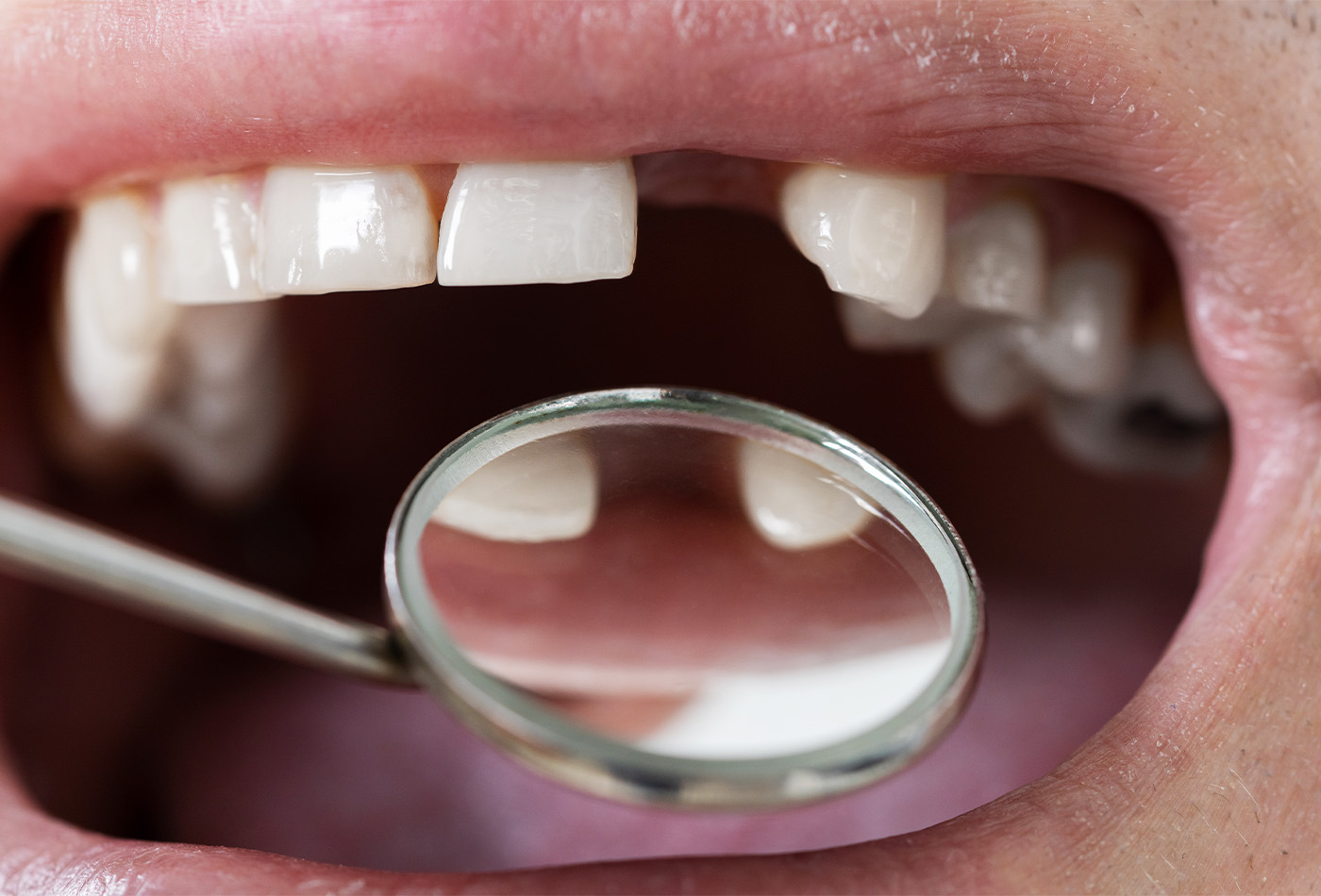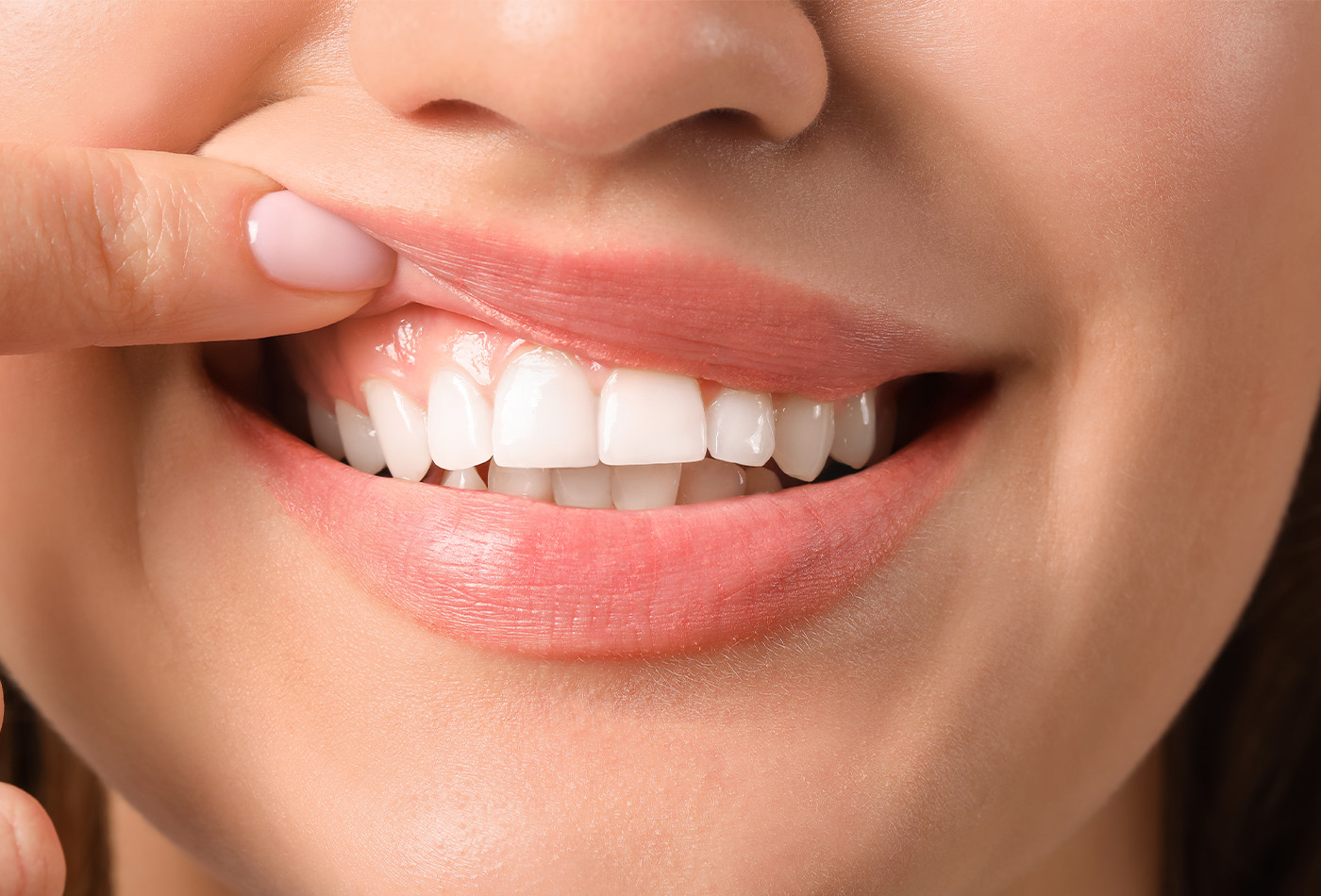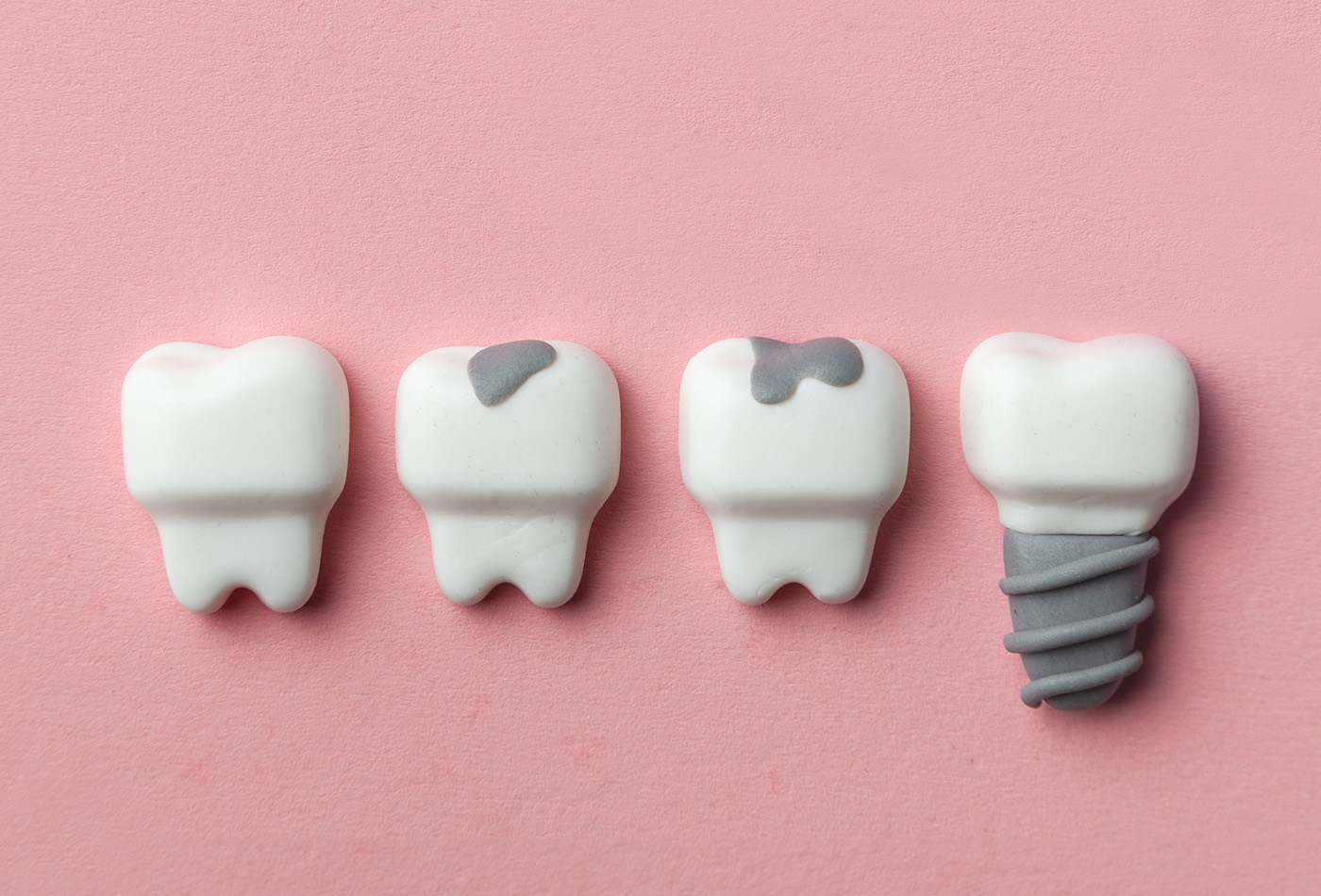“Does removing wisdom teeth hurt?” the question aches your mind. Be at peace; you’re in good hands! The idea of parting with wisdom teeth can seem daunting but don’t worry. Together, let’s demystify the process, tackle the fears head-on, and delve into the clarity of this fear!
Understanding Wisdom Teeth
People’s constant fear – Wisdom Teeth. Actually, they’re the third set of molars that love to surprise us, typically popping up between the ages of 17 and 25. Even though they’re called ‘wisdom’ teeth, they sometimes bring along more drama than wisdom! Now, don’t let their name live in your head with fear. Stand still – the details will unfold in no time, and also some guidance to make the “wisdom teeth woes with a smile” experience!
Do You Have to Get Your Wisdom Teeth Removed?
There’s a bit of a lottery when it comes to wisdom teeth. Some lucky folks might not get them at all, while others have plenty of space in their mouths to let them in without any trouble. However, many people experience issues with their wisdom teeth, such as impaction (when the tooth is trapped beneath the gum line) or overcrowding, a dentist or oral surgeon may recommend their removal.
⇒ Maybe you’ll be interested in: How to Know If Wisdom Teeth Are Impacted?
Signs and Symptoms to Identify Problematic Wisdom Teeth
Curiosity about whether wisdom teeth are playing the friend or the foe is common. Here are some tell-tale signs that wisdom teeth might be up to no good:
- Pain and Discomfort: This is typically the opening act. Experiencing a consistent, nagging ache or sudden sharp pangs of pain at the back of the mouth could indicate wisdom teeth as the culprits. Remember, pain is the body’s way of waving a red flag.
- Swelling and Inflammation: Noticing any redness, swelling, or tenderness around the wisdom teeth? If yes, the concern is spotted. Inflammation is another common sign that wisdom teeth may be causing some mischief.
- Issues with Eating and Speaking: Trouble chewing food or chatting away can occur if biting down causes discomfort or if there’s difficulty opening the mouth fully. These could be signs that wisdom teeth are causing more than a bit of drama.
- Possible Complications If Not Removed: Leaving problematic wisdom teeth unattended can lead to complications like cysts, gum disease, and damage to nearby teeth. So, when pondering, “Does getting wisdom teeth out hurt?”, it’s vital to consider that the discomfort of not addressing problematic wisdom teeth could be even worse!
Each of these signs is the body’s way of communicating potential issues with wisdom teeth. But worry not – armed with this knowledge, let’s be better equipped to handle any wisdom teeth-related concerns. Remember, a little awareness can go a long way in ensuring dental health remains on point, and saving ones from unnecessary prolonged pain!
Does Removing Wisdom Teeth Hurt?
So, to answer the burning question, “does wisdom teeth removal hurt?” The answer is reassuring – No, not during the procedure. Dental professionals or oral surgeons administer anesthesia, ensuring that pain isn’t felt during the process. There may be some sensation of pressure, but that’s all about it!
How Long Does Wisdom Teeth Recovery Take?
Rest assured, the recovery duration for wisdom teeth removal usually ranges around 3-5 days for less complicated surgeries, while more complicated extractions may require up to two weeks.
Arming oneself with this knowledge can make the process of wisdom teeth removal less daunting. Remember, being informed and ready plays a critical role in maintaining optimal oral health. It’s all a mental fear, not an oral one!
⇒ Maybe you’ll be interested in: Bad Breath After Wisdom Teeth Removal
Tips for Managing Pain After Wisdom Teeth Removal
When it comes to handling the “after-war” of wisdom teeth removal, several strategies are there to help us effectively manage discomfort – let’s take a look, shall we?
Immediate Aftercare
Right after the surgery, ice packs are a good friend—they help control swelling. Also, enjoying soft foods that require minimal chewing is a smart choice, letting the mouth heal while nourishing the body.
Handling Swelling and Discomfort
Pain relievers from the local pharmacy can help keep any discomfort in check. To add some comfort, warm saltwater rinses serve as a gentle and soothing treatment for the mouth.
Taking Care Of Oral Hygiene After Wisdom Teeth Removal
Cleanliness is key after surgery to ward off any infections. Gentle brushing around the surgery spot and rinsing with an antiseptic mouthwash (if suggested by a dentist) will help keep the mouth squeaky clean.
Remember, well-prepared knowledge and strong mental health equip individuals with the power to navigate their wisdom teeth removal journey with confidence. With these simple and easy-to-follow steps, the process becomes less daunting and more manageable.
Maybe you’re interested in: How to Get Rid of Bad Breath After Wisdom Teeth Removal?
Conclusion
At NYC Smiles, we believe in personalized care for every patient. So, if you’re still questioning, “Does Removing Wisdom Teeth Hurt?”, reach out to us. Our team of experienced professionals will guide you through the process and address all your concerns.
Kick the fear to the curb and step into a world of pain-free dental solutions! Yes, you’re not misheard. Your journey to a pain-free oral health experience starts here.
Source:
Keshary, A., & Hagan, M. (2020, October 20). Lemierre’s Syndrome Following Extraction of Wisdom Teeth. Cureus. https://doi.org/10.7759/cureus.11061
Hunt, E. (1935, February). WISDOM TEETH. The Lancet, 225(5816), 401–402. https://doi.org/10.1016/s0140-6736(00)57268-7
Shpack, N., Afarsemon Kisoss, C., & Laviv, A. (2022, October 28). The Presence of Impacted Teeth (Except for Wisdom Teeth) in Orthodontic Patients in Israel. Applied Sciences, 12(21), 10924. https://doi.org/10.3390/app122110924
Ngeow, W. (2009, August). Tooth section technique for wisdom teeth. International Journal of Oral and Maxillofacial Surgery, 38(8), 908. https://doi.org/10.1016/j.ijom.2009.02.027



